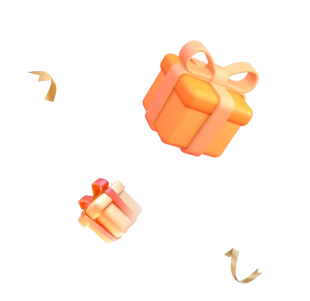Robotic lawn mowers have become a familiar sight in European backyards, quietly trimming grass with little human effort. In contrast, their adoption in North America id relatively slow, despite similar levels of consumer awareness around smart home technology. This disparity can be explained by a combination of cultural, environmental, and market factors. Below, we break down the latest data and insights to understand why the gap persists.
Lawn Mower Global Market Overview
The global lawn mower market was valued at USD 32.3 billion in 2023 and is projected to reach USD 48.7 billion by 2030, growing at a 6.0% CAGR. Within this segment, robotic lawn mowers are the fastest-growing category, expanding at a projected 10.9% CAGR and expected to reach USD 12.2 billion by 2030.
While North America accounted for 39.2% of global lawn equipment sales in 2023, robotic mower penetration remains below 5%. By contrast, in Europe, countries such as Germany and Switzerland already see penetration rates above 40%, with southern European countries averaging 15–30%.
Yard Size and Landscaping Differences
One of the clearest distinctions is lawn size.
- The average U.S. yard is 15,000–25,000 sq. ft.

A Photo from our U.S. Lymow User
- The average European yard is closer to 2,000–6,500 sq. ft.
Source: hta.org.uk; The gardening market - France (10/2024) | Businesscoot
- Want to know your grass type?
Robotic mowers have been historically optimized for smaller, flat lawns typical of Europe. In North America, larger, uneven, and obstacle-heavy yards require more powerful cutting systems, higher mowing decks, and advanced navigation.
What Mower Users Need: Europe vs. North America
While Europe and North America share an interest in automation, their lawn care markets diverge in size, terrain, and consumer expectations. These differences directly affect product design and adoption speed for robotic mowers.
Key differences include:
| Aspect | Europe | North America |
| Lawn Size | Typically small to medium (2,000–6,500 sq.ft) | Larger (15,000–25,000 sq.ft on average) |
| Terrain Complexity | Relatively flat lawns with clear boundaries | Thicker grass, higher mowing heights, uneven or sloped terrain |
| Mowing Frequency | Lower, seasonal-based | Higher, with weekly mowing common in warm/rainy seasons |
| Use Cases | Backyards, small public green spaces | Residential yards, estates, and commercial properties |
| Product Needs | Lightweight, compact, eco-friendly, quiet | High power, long runtime, smart navigation, durable performance |
Implication:
European markets favor compact and eco-friendly models that are easy to operate, while North American consumers expect rugged, high-performance machines capable of handling larger and tougher lawns. For European brands entering North America, this often means extended localization cycles, upgrading slope handling, cutting efficiency, obstacle detection, and navigation systems.
Mower Market Maturity and Consumer Awareness
European brands like Husqvarna have cultivated the robotic mower market for nearly three decades. Husqvarna introduced the first fully automated mower in 1995 and has consistently invested in consumer education and product development. As a result, European homeowners are highly familiar with technology and confident in its reliability.

First Solar-Powered Robotic Lawnmower by Husqvarna
By contrast, U.S. consumer confidence remains lower. A 2025 research found that while many U.S. homeowners were aware of robotic mowers, only 14% trusted them to fully replace traditional mowing.
Technological Innovations Driving Change
Therefore, for robotic mowers to succeed in North America, they must handle bigger yards, tougher grasses, and steeper slopes. Recent breakthroughs are helping close this gap, with Lymow One at the forefront:
- Powerful mulching blades: Designed to handle dense grass types like St. Augustine and Bermuda, Lymow cuts cleaner and faster, making mowing easier even in heavy U.S. turf.
- Unique track design: Lymow’s track-based drive system provides superior grip and stability, enabling it to climb slopes of up to 45° with confidence.
- RTK + VSLAM navigation: By combining Real-Time Kinematics with advanced visual mapping, Lymow achieves centimeter-level precision in mapping, navigation, and obstacle avoidance: crucial for large, complex North American yards.
A Market on the Verge of Shift
Europe’s early start, smaller lawns, and higher consumer awareness explain why robotic mowers are more common there than in North America. But with tougher terrain-ready designs, and smarter navigation systems, the U.S. market is on the edge of faster adoption.
Lymow One, with its powerful blades, slope-ready tracks, and precision navigation, shows how next-generation mowers can meet North America’s unique challenges.





Laisser un commentaire
Ce site est protégé par hCaptcha, et la Politique de confidentialité et les Conditions de service de hCaptcha s’appliquent.